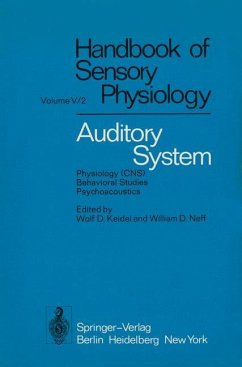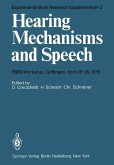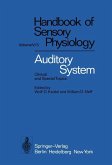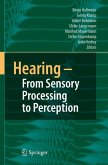nerve; subsequently, however, they concluded that the recordings had been from aberrant cells of the cochlear nucleus lying central to the glial margin of the VIII nerve (GALAMBOS and DAVIS, 1948). The first successful recordmgs from fibres of the cochlear nerve were made by TASAKI (1954) in the guinea pig. These classical but necessarily limited results were greatly extended by ROSE, GALAMBOS, and HUGHES (1959) in the cat cochlear nucleus and by KATSUKI and co-workers (KATSUKI et at. , 1958, 1961, 1962) in the cat and monkey cochlear nerve. Perhaps the most significant developments have been the introduction of techniques for precise control of the acoustic stimulus and the quantitative analysis of neuronal response patterns, notably by the laboratories of KIANG (e. g. GERSTEIN and KIANG, 1960; KIANG et at. , 1962b, 1965a, 1967) and ROSE (e. g. ROSE et at. , 1967; HIND et at. , 1967). These developments have made possible a large number of quanti tative investigations of the behaviour of representative numbers of neurons at these levels of the peripheral auditory system under a wide variety of stimulus conditions. Most of the findings discussed herein have been obtained on anaesthetized cats. Where comparative data are available, substantially similar results have been obtained in other mammalian species (e. g. guinea pig, monkey, rat). Certain significant differences have been noted in lizards, frogs and fish as would be expect ed from the different morphologies of their organs of hearing (e. g.








